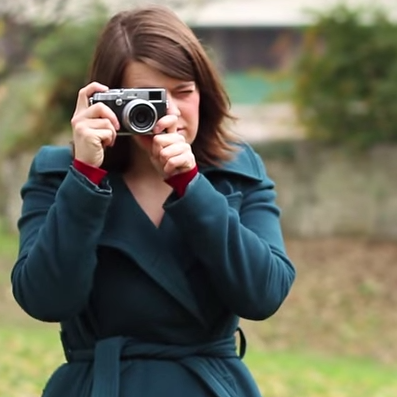Nikon Z6 review
Quite possibly the best all-around camera you can buy

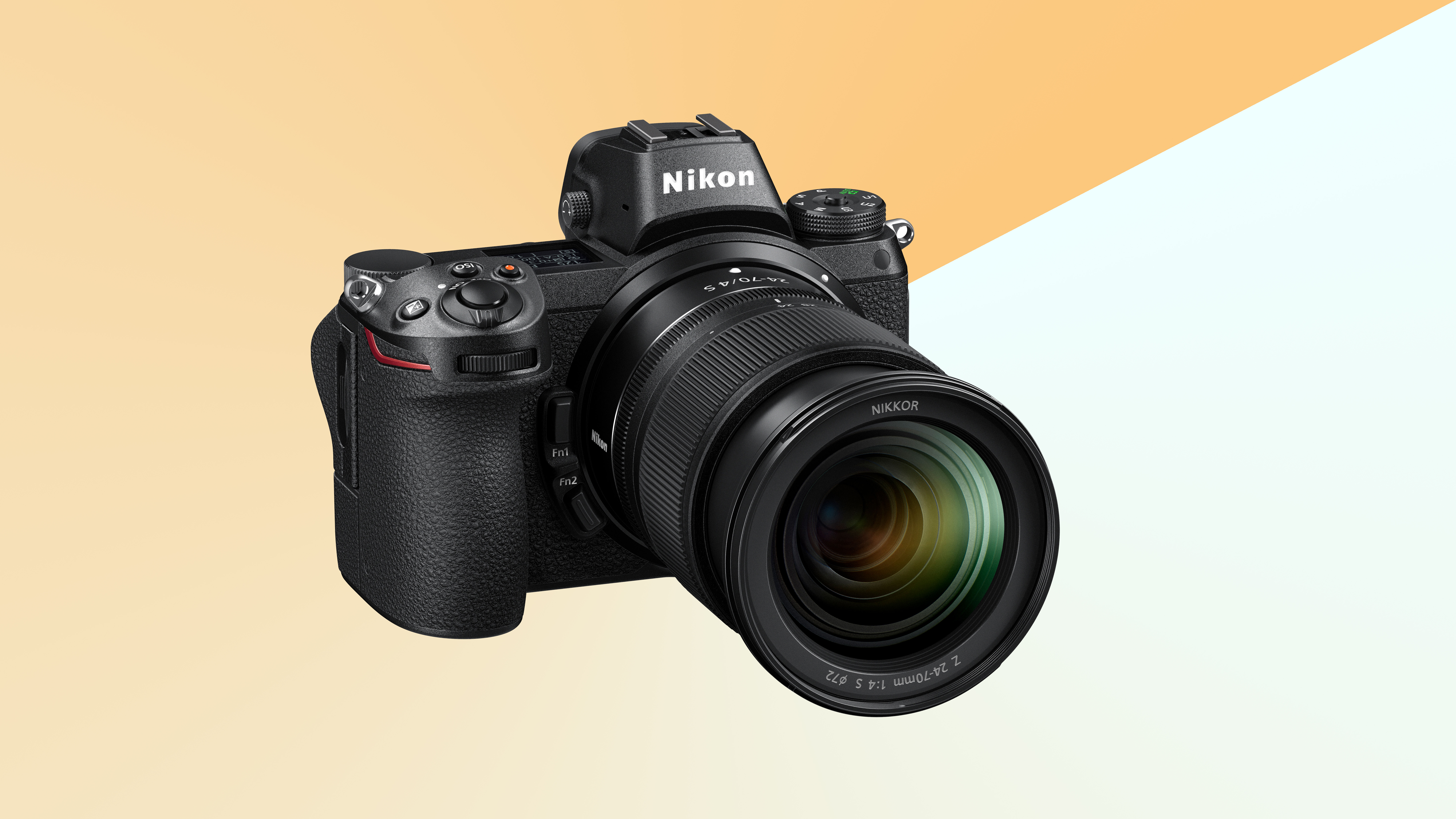
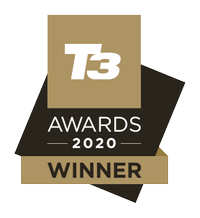
Quite simply, the Nikon Z6 is one of the best cameras currently on the market and you’re unlikely to be disappointed with a purchase.
-
+
Great handling
-
+
Full-frame sensor
-
+
Small and light (for full-frame)
-
-
Limited system (for now)
-
-
Screen doesn’t fully articulate
-
-
XQD card slot
Why you can trust T3

Towards the end of last year, there was a bit of a flurry in camera announcements. Not surprising, considering Photokina took place in Cologne in September. What was perhaps a little bit more of a shock was Nikon’s entry into the full-frame mirrorless market after what felt like years of rumours and speculation. Not content with introducing one camera, the heritage company produced two models. The Z 7 is the flagship, but pitching itself at a more consumer-friendly audience, the Z 6 is perhaps the more interesting of the two.
Being as it needs to appeal to that consumer audience, it comes in a lot cheaper than its sibling. It’s still not pocket change, but at around £2,000 / US$1,999 it’s a reasonable price point for full-frame mirrorless, especially one which is brand new to the market.
Both the Z 6 and the Z 7 use a lot of the same features - body design, viewfinder, screen and controls are exactly the same between the two. Internally, the Z 6 has a lower-resolution sensor, with a 24.5 megapixel device which comes in at around half the resolution of the Z 7. This has an effect on some of the features, which we’ll elaborate on later in the review.
The new Z cameras feature a brand-new mount from Nikon, cunningly named the Z mount. If you’ve got a shelf full of existing Nikkor F-mount lenses, you can use those via an optional FTZ mount adapter.
Nikon Z6 review: Design and Handling
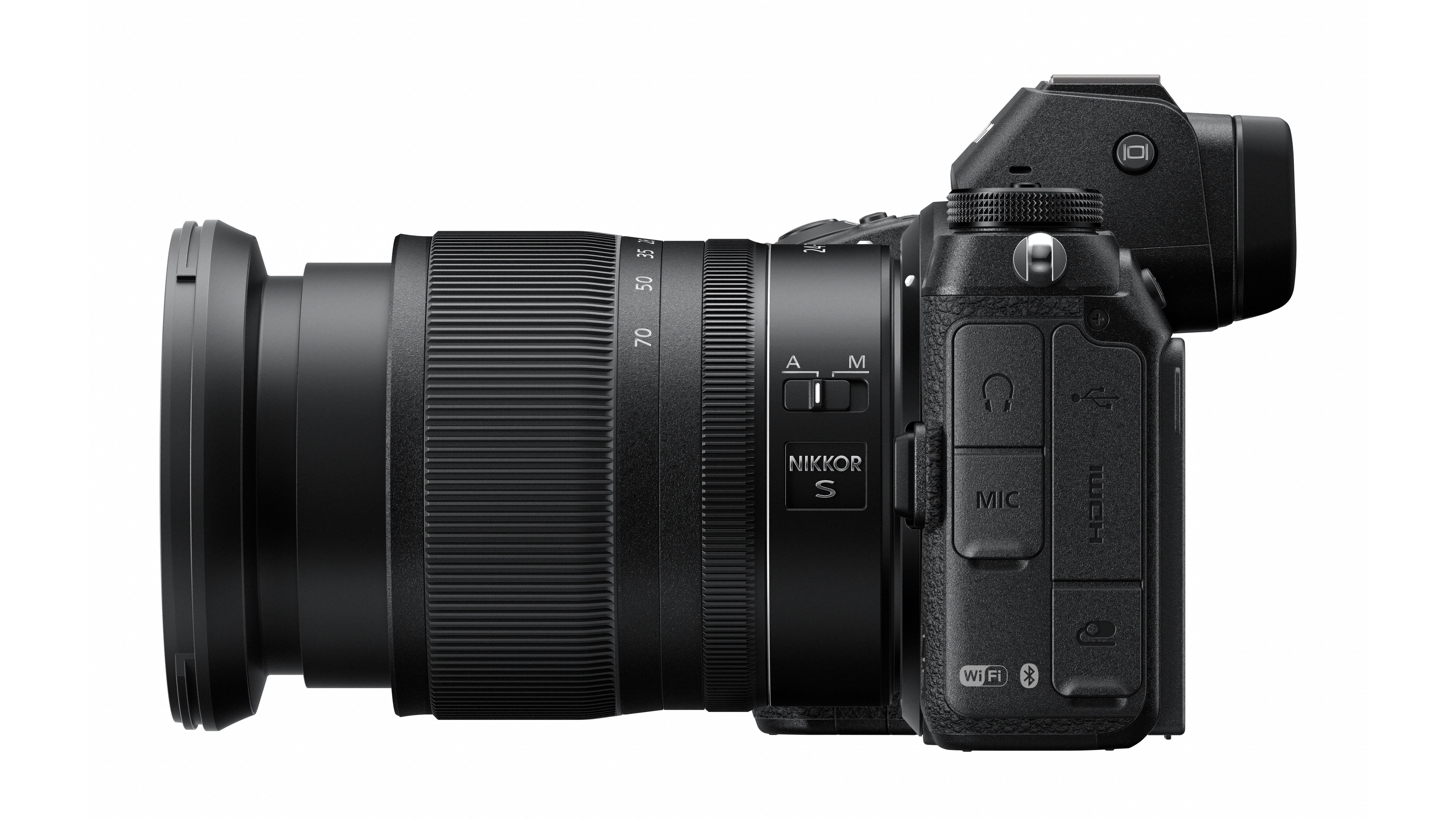
Nikon has really given the photographer consideration when designing the Z 6 (and by extension the Z 7). Offering DSLR-like handling in a small - but not too small - body. If you’re somebody coming across from Nikon DSLRs, then you’ll feel right at home picking up the Z 6. There’s a good sized handgrip that makes it feel really comfortable to use for long periods of time.
At launch, Nikon brought out three proprietary lenses, a 24-70mm f/4 lens, a 35mm f/1.8 and a 50mm f/1.8. In the intervening months, two more optics have come to the market, including a super-wide-angle 14-30mm f/4 lens and a 24-70mm f/2.8 lens, which is aimed at pros. Although we expect more in the not-too-distant future, for now it’s a relatively limited line-up. However, there is always the option to fall back on using Nikkor F mount lenses via the optional adapter.
Controls are spread across the Z 6’s body in a pretty sensible arrangement, that gives far more breathing room for the buttons than the Sony mirrorless models which have always felt just ever so slightly awkward to use. If you’re coming across from a DSLR, the dual control dials found at the front and rear of the grip will make a lot of sense, while if you’re new to interchangeable lens cameras entirely you shouldn’t find it too complex to get to grips with.
Get all the latest news, reviews, deals and buying guides on gorgeous tech, home and active products from the T3 experts
A joystick comes in really handy for moving the AF point across the frame when using the viewfinder, while other nifty handling options include a quick menu which is accessed via an “i” button, and specific buttons for features such as drive mode.
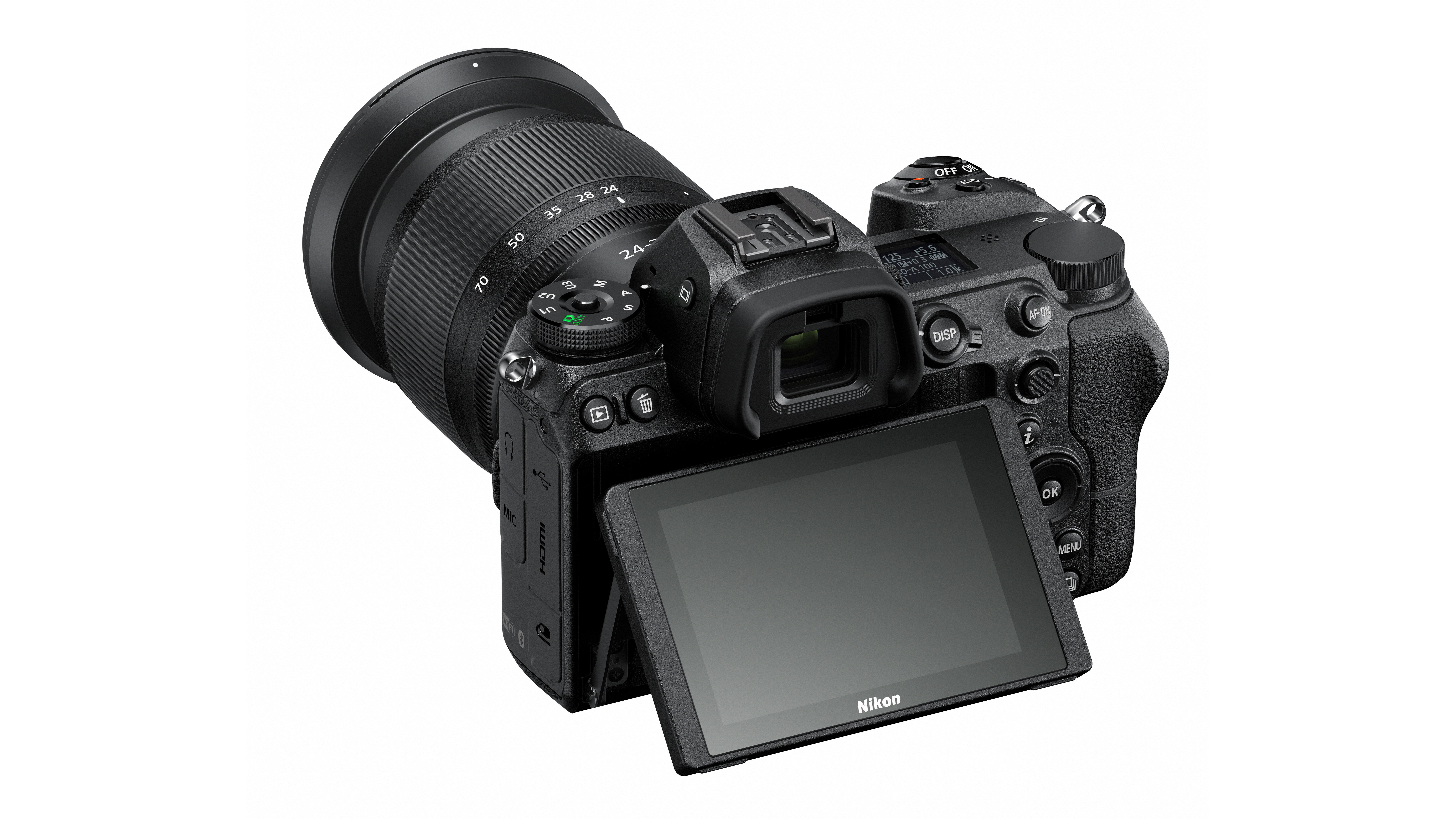
On the top of the camera you’ll find a useful LCD screen displaying all the key shooting settings at a glance - for example, shutter speed, aperture and how much space remains on the memory card.
Nikon has equipped the Z 6 with weather-sealing to the same standard as the D850. That should see it perform well in a range of different shooting conditions, and survive extended usage, too.
Nikon Z6 review: Features
It’s the internal features of the two cameras where the Z 6 and the Z 7 divert paths a little. The Z6 has has a lower resolution (24.5 megapixel vs 45.7 megapixel) sensor, which although may mean slightly less detailed shots, it should actually make the Z 6 better equipped for low light shooting.
You also have the advantage of smaller file sizes that might not make your computer have a meltdown. With 24.5 megapixels, the cropping opportunities aren’t quite as broad, but there should still be some spare pixels to play with should you need it.
Another feature which is made possible by the lower pixel count is the frame rate. The Z 6 gives you 12fps to work with - which makes it a better choice for those who like to shoot fast-moving subjects, and arguably makes the Z 6 much more of an “all-rounder” than its sibling - the Z 7 can shoot at 9fps.
Finally, there’s a difference in the autofocusing system. The Z 6 is no slouch, offering a 273-point hybrid AF system, but it is bested by the Z 7’s 493-point system. Still, there’s a good spread of AF points across the frame that should suit the vast majority of situations.
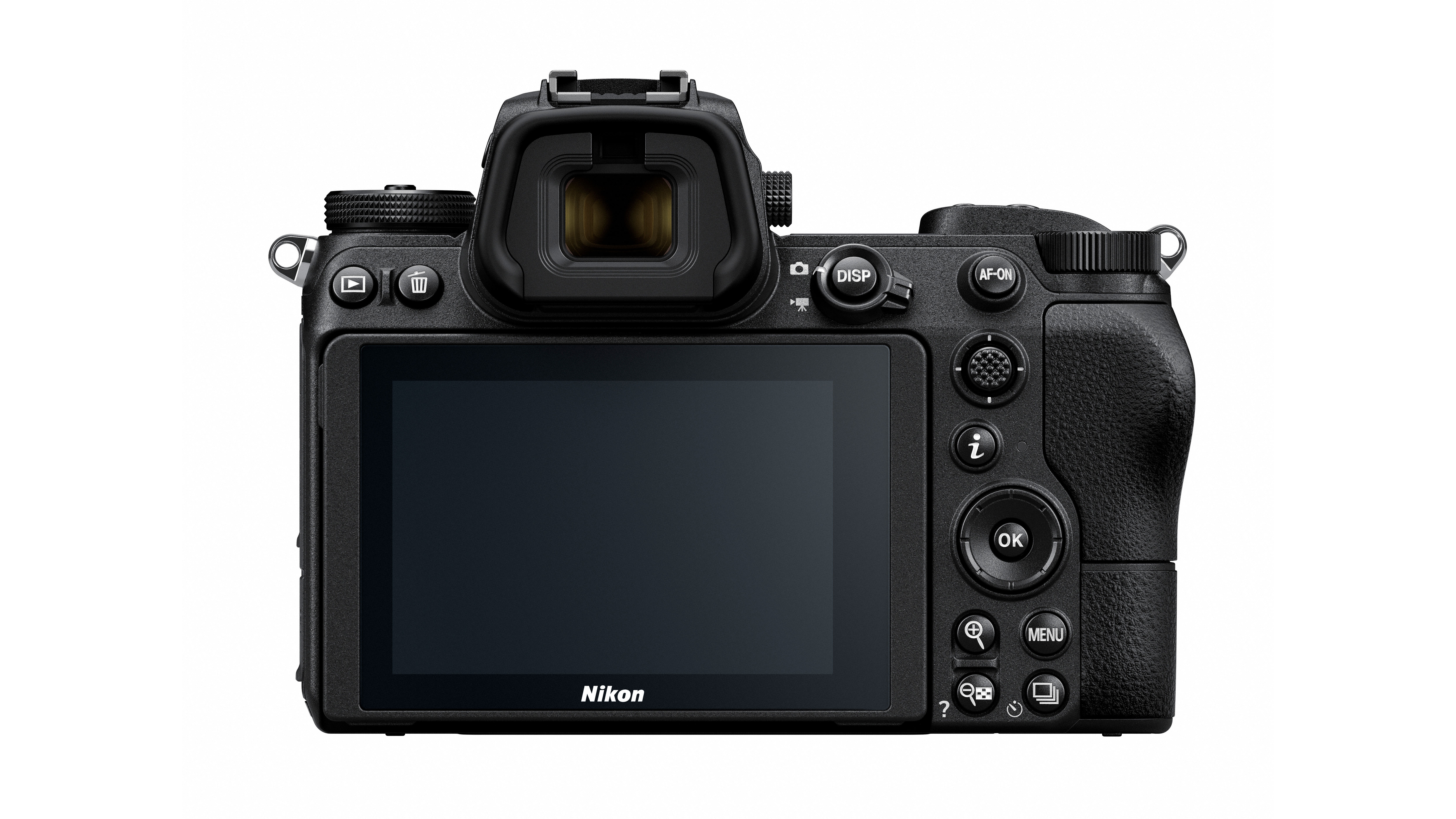
When it comes to the viewfinder and screen, the Z 7 and the Z 6 share specifications. There’s a tilting touch-sensitive 2.1-million dot screen. A fully articulating device might have been helpful for shooting selfies or recording videos to camera, but the tilting device comes in handy for some awkward angles and is certainly better than being static.
Meanwhile, the electronic viewfinder is large and bright, and offers 3.6-million dots. This is one of the best viewfinders on the market and helps to put paid to optical viewfinder evangelists.
The Z 6 offers 4K video recording (as does the Z 7) at 3840 x 2160, in frame rates of 30p, 25p and 24p. If you prefer, you can shoot at Full HD (1080) at frame rates up to 120p, as well as recording in slow-motion at up to 5x speed. There are both headphone and microphone sockets.
One of the biggest bones of contention with both the Z 6 and the Z 7 bodies is the use of a single XQD card to store your pictures and videos on. These cards are more expensive than SD cards, and are a little bit harder to find.
There are far fewer cameras using this kind of card, so it’s also reasonably unlikely that you’ll already have a stack of XQD cards ready to go. It’s not a dealbreaker by any means - but the additional expense of purchasing a new type of card is something to consider.
Nikon Z6 review: Performance
If you’re at all worried that the Z 6 may have lower quality images than its more-expensive brother, the Z 7 - you needn’t be. Yes, if you examine extremely closely at 100%, or have ambitions to print off your images the size of a bus, then you might notice a difference, but otherwise 24 megapixels is more than adequate.
Straight out of the camera, images look great with vibrant colours and an impressive dynamic range. Images are very sharp, with particularly fine performance from the native S-series lenses.
In low light, it performs a little bit better than the Z 7 - so if low light shooting is your thing, you might opt to go for this over the Z 7 anyway.

With matrix (all-purpose) metering enabled, exposures are well balanced in the majority of situations, while automatic white balance puts in a similarly good performance, producing accurate colours in most lighting situations.
Focusing is swift and has a good degree of accuracy. The Z 6 seems a little bit better at following moving subjects - you probably won’t get every single shot in a burst in perfect focus, but it keeps up fairly well when the subject is moving in a reasonably predictably pattern.
One of the best features of the Z 6 is the inbuilt image stabilisation which helps to ensure your shots are nice and sharp when shooting handheld. It also enables slow shutter speeds, even in low light.
Nikon Z6 review: image samples
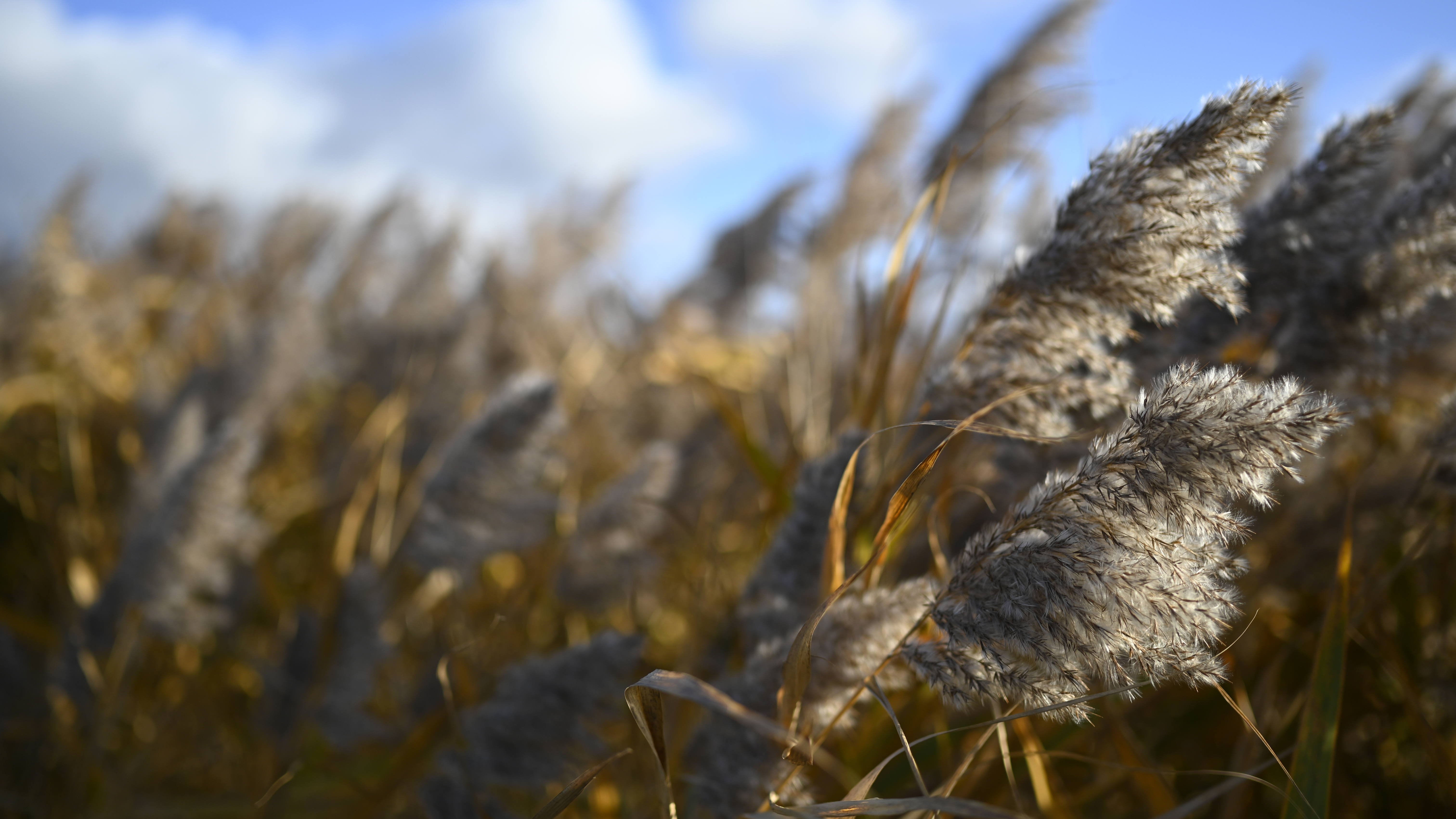









Nikon Z6 review: verdict
We waited a pretty long time for Nikon to join the full-frame mirrorless party, but once it did, we were very handsomely rewarded. The Z 6 and Z 7 duo are formidable beasts, both serving different types of customers very well indeed.
The Z 6, being cheaper and having a few more flexible options, is probably the more popular option overall. It offers great image quality and thanks to 12fps shooting and a well-performing AF system and sensor, it’s a great all-rounder.
If you’re already a Nikon user and want to remain loyal to the brand, this is the one that makes sense. It competes well on price with the Sony A7 III, but thanks to a more user-friendly body, it’s nicer to use.
Quite simply, the Z 6 is one of the best cameras currently on the market and you’re unlikely to be disappointed with a purchase.
Nikon Z6 review: News and Updates
Nikon has recently updated the Z6 from firmware version 1.01 to 2.00. This brings with it a long list of improvements, including faster auto focus in low light conditions.
Here are some of the highlights:
- Added eye-detection AF for use when taking photographs.
- Improved autofocus performance for photos and movies shot under low light.
- Reduced the length of time the display turns off (the blackout period) when pictures are taken with On or On (monitor only)selected for Image review in the PLAYBACK MENU.
- Item d5 in the CUSTOM SETTING MENU, formerly Electronic front-curtain shutter, has been renamed Shutter type and offers a choice of Auto, Mechanical shutter, and Electronic front-curtain shutter.
- Edited and revised help text.
- Bug fixes
Your camera can be updated by going to Nikon's website and downloading the new firmware.
- Best action camera
- Best travel camera
- These are the best camera bags
Amy Davies is a freelance journalist that covers cameras for T3 and many other sites. She is also Features Editor at Amateur Photographer magazine and, when she's not writing about cameras, she's probably taking pictures of her cute dog.
